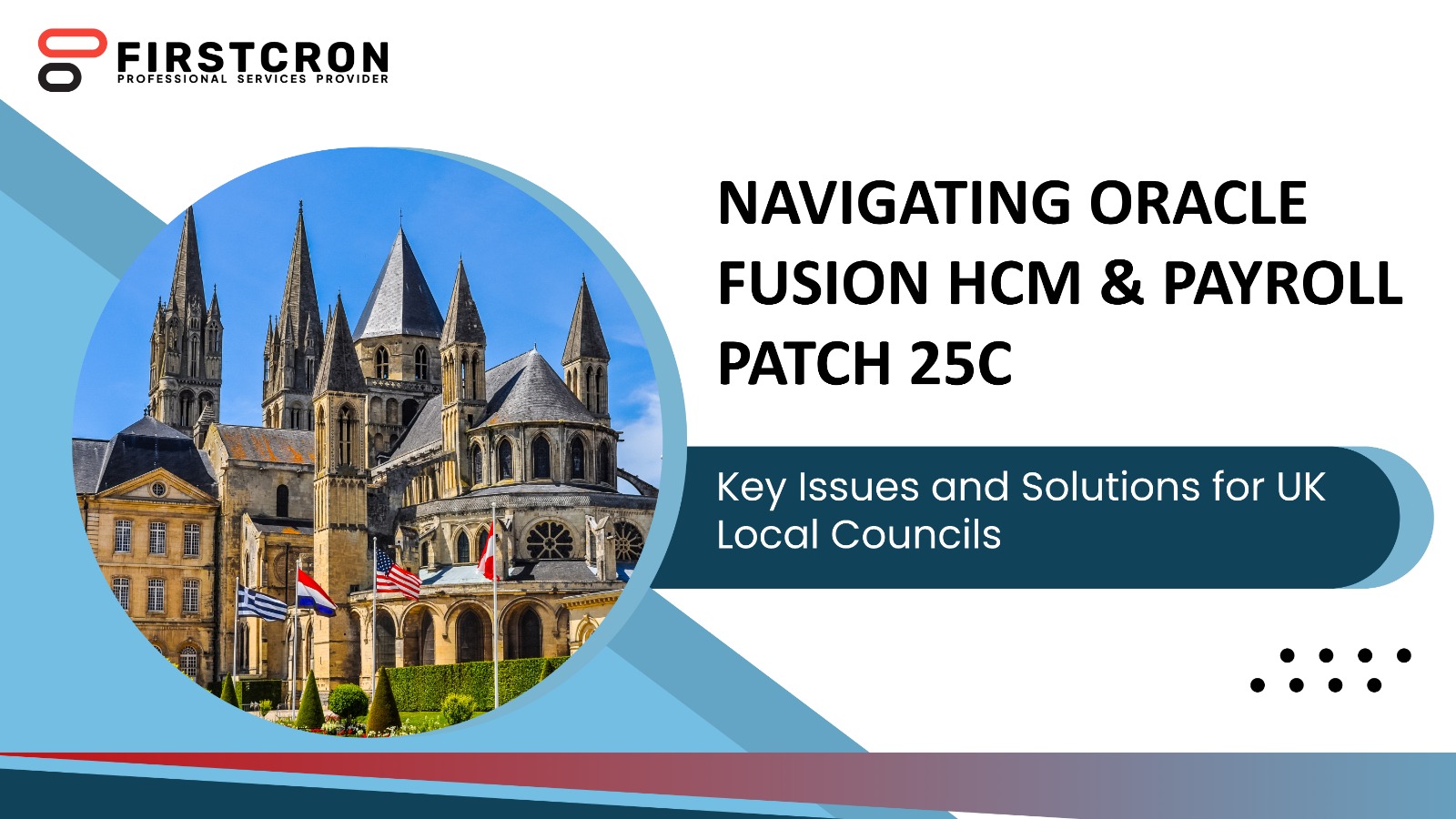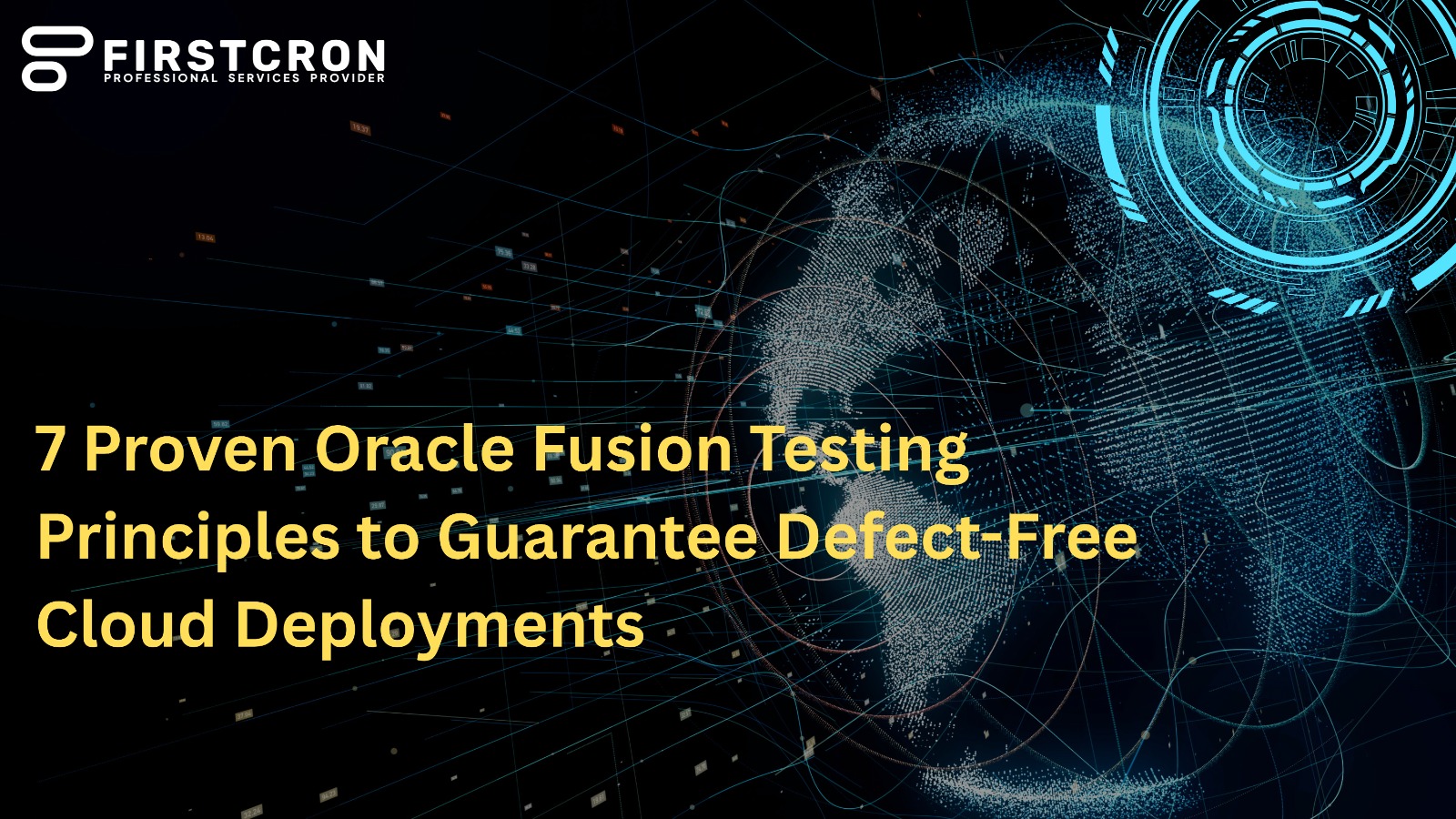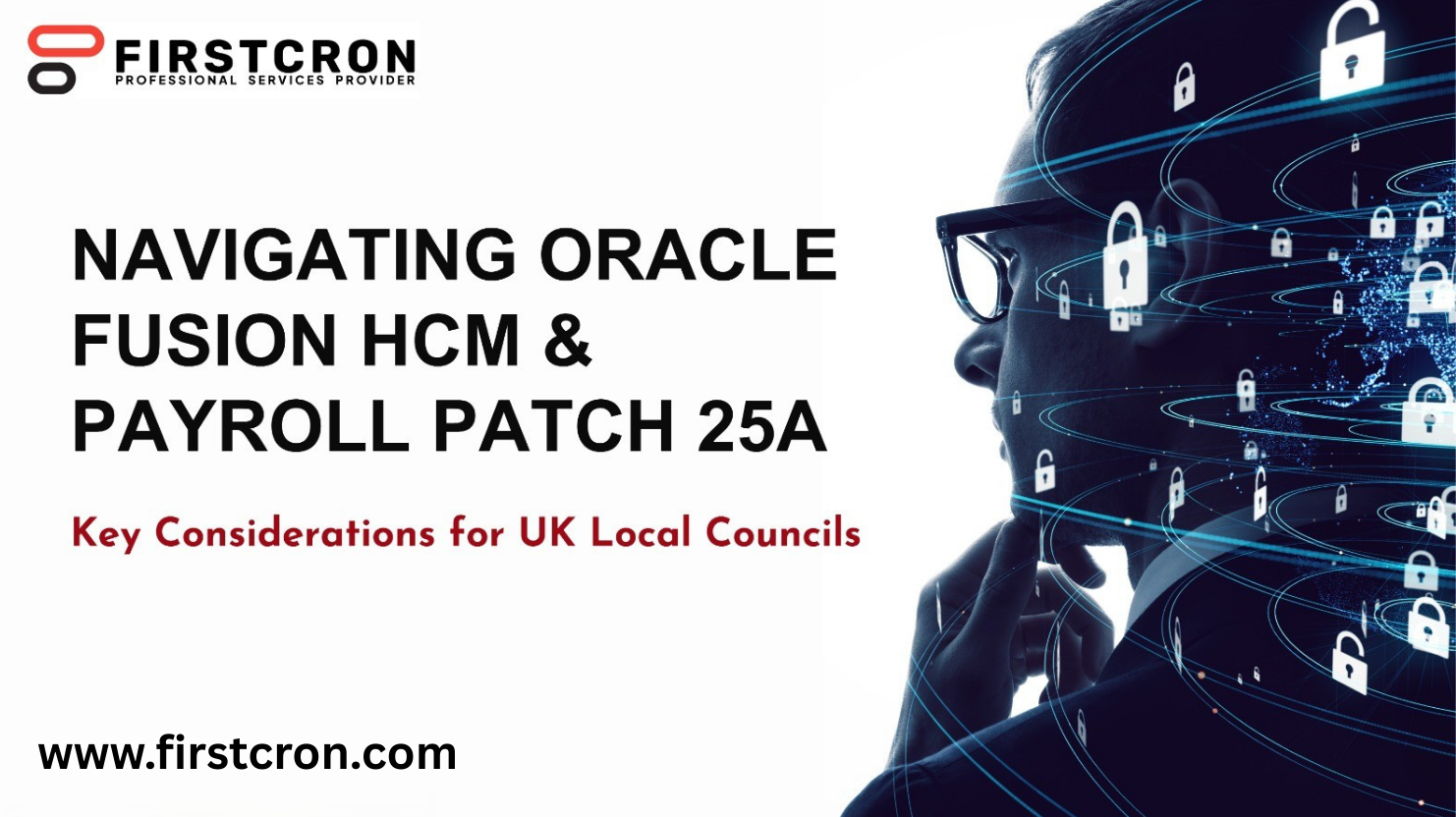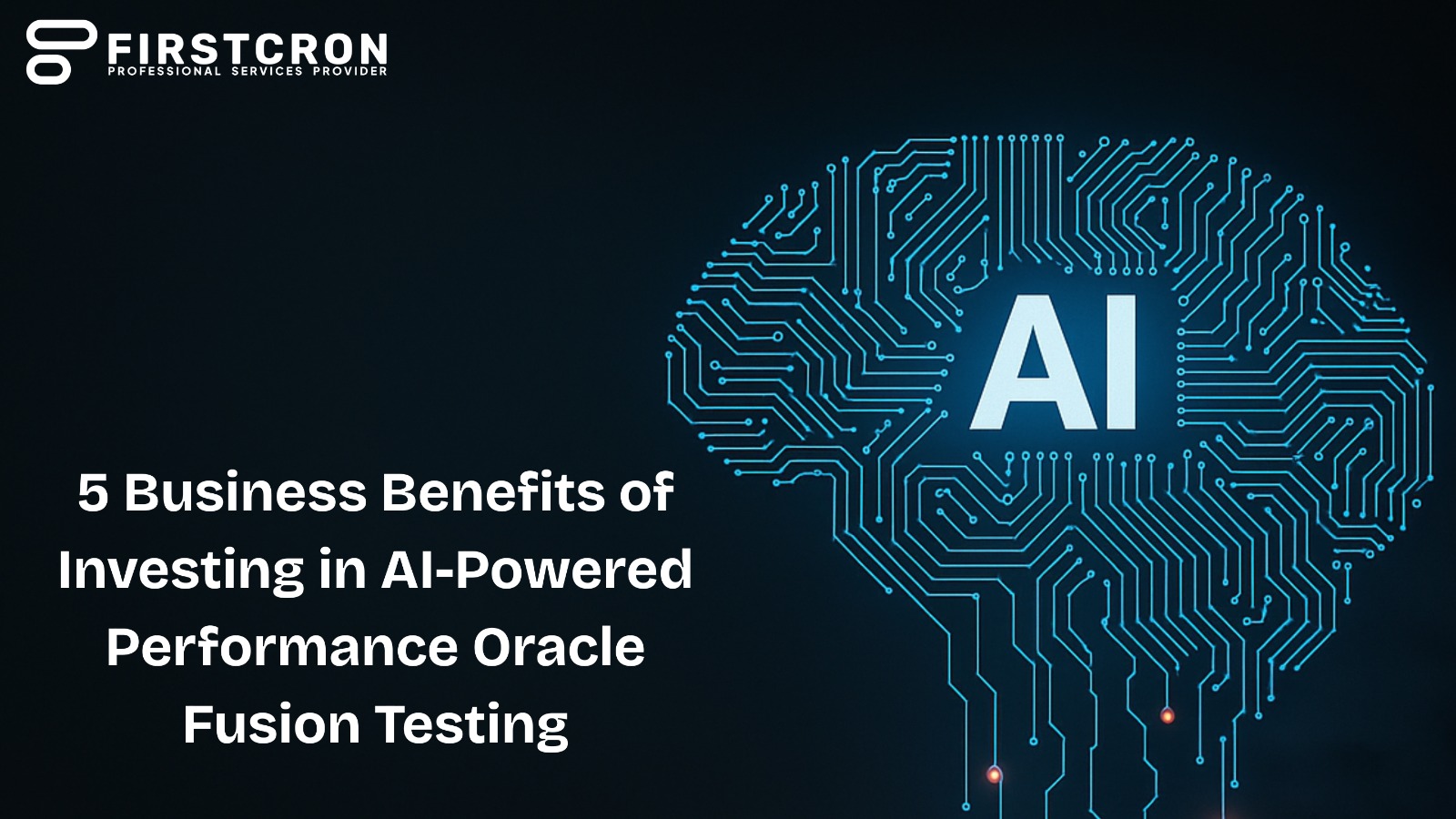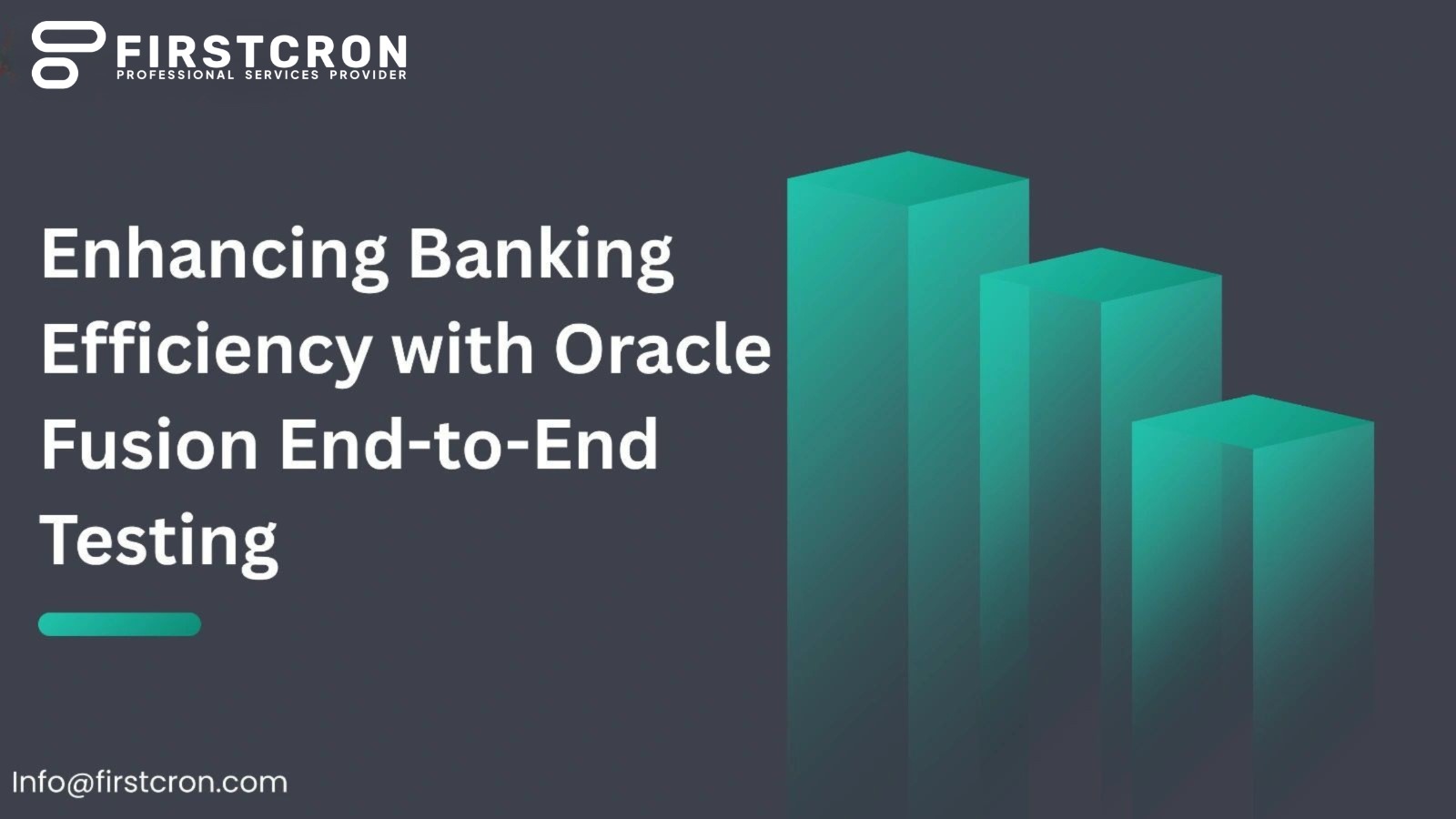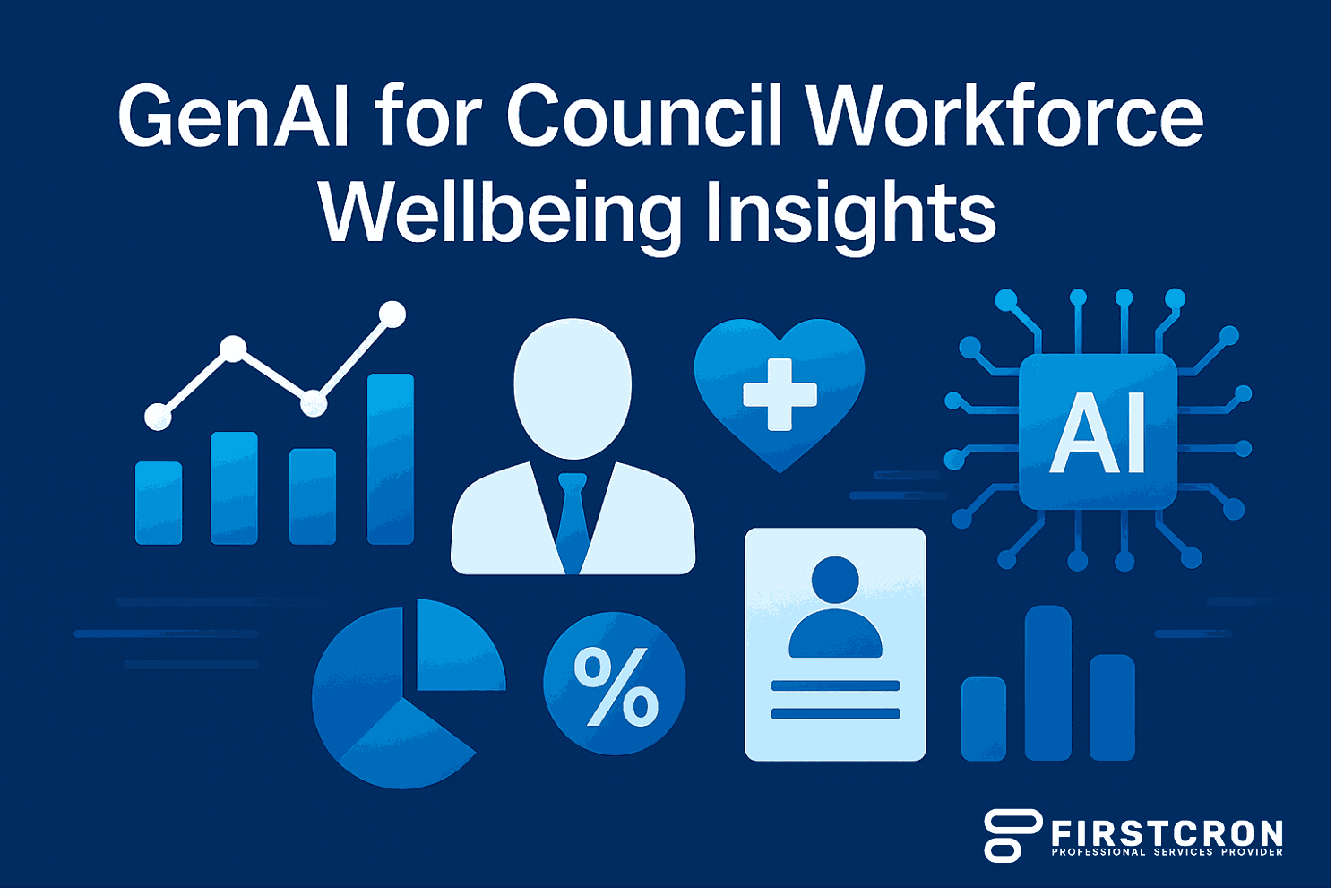
For local councils across the UK, employee wellbeing is more than a moral responsibility—it is a cornerstone of effective service delivery. Councils employ a wide range of staff, from administrative teams to frontline workers, each facing unique pressures and challenges. Issues such as absenteeism, overtime, and burnout not only impact individual employees but also ripple across the organization, affecting service quality, community trust, and financial stability. Traditional methods of monitoring wellbeing rely heavily on manual HR reviews, employee surveys, or delayed reporting cycles. These approaches, while useful, are often reactive rather than proactive. Generative AI (GenAI) has the potential to transform this landscape by analyzing HR datasets in real time, identifying patterns of strain, and generating practical recommendations that councils can act upon immediately.
In this blog we’ll cover
- The Role Of AI In Workforce Wellbeing
- Understanding Council HR Data
- From Reactive To Proactive Wellbeing Management
- Benefits For Local Councils
- Real-World Applications
- Encouraging A Culture Of Wellbeing
- Addressing Challenges And Ethical Considerations
- The Future Of AI In Workforce Wellbeing
- Conclusion: Smarter Wellbeing For Smarter Councils
The Role Of AI In Workforce Wellbeing
Artificial intelligence is already reshaping industries by enhancing decision-making, improving efficiency, and enabling predictive insights. In the HR context, GenAI takes this further by generating tailored outputs—recommendations, policy drafts, or wellbeing insights—based on complex workforce data. Rather than simply reporting on absence or overtime figures, AI systems can uncover root causes, connect trends across departments, and suggest interventions to prevent small issues from escalating. For councils, this capability bridges the gap between raw HR data and meaningful wellbeing strategies, empowering managers to support employees more effectively.
Understanding Council HR Data
Local councils capture a wide range of HR metrics, but much of this data is underutilized. Absence records track sickness patterns and leave requests. Overtime logs reveal workload distribution and operational strain. Performance reviews, exit interviews, and grievance records provide qualitative insights into employee experiences. Traditionally, analyzing these datasets requires significant human effort, often resulting in fragmented insights. GenAI can digest these varied inputs holistically, providing a comprehensive view of workforce wellbeing. For instance, it might detect that rising overtime in one department coincides with increasing absence rates, suggesting workload pressure is driving illness. By connecting the dots across datasets, AI transforms HR information into actionable intelligence.
From Reactive To Proactive Wellbeing Management
One of the greatest strengths of GenAI is its ability to move councils from reactive to proactive wellbeing management. Instead of responding after absenteeism spikes or employee turnover increases, AI enables early detection of stress indicators. For example, if overtime levels in frontline services climb steadily over several months, the system could flag potential burnout risks and recommend interventions such as hiring temporary staff, redistributing workloads, or enhancing wellbeing support. This proactive stance not only safeguards employee health but also prevents the operational disruptions and costs associated with high absenteeism or staff churn.
Benefits For Local Councils
The adoption of GenAI for workforce wellbeing creates multiple benefits, spanning efficiency, compliance, and culture. Councils operate under tight budgets and heightened accountability, so every investment must deliver measurable impact. Automated wellbeing insights streamline HR operations while improving outcomes for employees and citizens alike.
Key benefits include:
- Early Intervention: AI detects risk factors such as rising overtime, enabling timely action before issues escalate.
- Data-Driven Fairness: Decisions are informed by objective patterns rather than subjective assumptions.
- Efficiency Gains: HR staff spend less time on manual data analysis and more time on employee engagement.
- Improved Retention: Proactive wellbeing management helps reduce turnover and maintain service continuity.
- Enhanced Trust: Transparent use of data builds confidence among employees that councils are committed to their wellbeing.
Real-World Applications
Practical applications of GenAI for wellbeing are wide-ranging. For example, in a council’s waste management department, AI could analyze absence patterns and flag when physical workload contributes to recurring injuries. In administrative teams, GenAI might highlight that frequent overtime correlates with reduced satisfaction in employee feedback, suggesting a need for workload balancing. Across social care services, AI could identify emotional strain indicators, guiding councils to invest in resilience training or counselling services. These real-world applications show that AI insights are not abstract; they directly shape policies, resourcing decisions, and wellbeing programs that affect daily life in councils.
Encouraging A Culture Of Wellbeing
Introducing GenAI into HR practices does more than enhance efficiency—it helps councils embed wellbeing into their organizational culture. When employees see that data is being used responsibly to improve their working lives, trust increases, and engagement follows. Councils can shift from viewing wellbeing as a reactive HR function to positioning it as a shared responsibility across leadership and management. GenAI insights act as a catalyst for conversations between managers and staff, ensuring wellbeing is treated as a strategic priority rather than an afterthought.
Addressing Challenges And Ethical Considerations
As with any AI implementation, challenges must be managed carefully. Data privacy is a central concern, especially when dealing with sensitive employee records. Councils must ensure compliance with GDPR and maintain strict governance around how data is used and stored. There is also the risk of over-reliance on AI, where human judgment may be sidelined. While GenAI can provide valuable recommendations, HR teams must retain responsibility for interpreting insights in context and ensuring actions align with organizational values. Ethical considerations also extend to fairness. Councils must guard against AI systems that unintentionally reinforce bias in wellbeing recommendations. Transparency, explainability, and human oversight are therefore essential.
The Future Of AI In Workforce Wellbeing
Looking ahead, GenAI’s role in council workforce wellbeing is poised to expand. Future systems may not only analyze historical and current data but also forecast wellbeing outcomes under different scenarios. For example, councils could simulate the impact of policy changes—such as introducing flexible working arrangements—on absence rates and staff satisfaction. Integration with wearable technology or employee wellbeing apps could provide real-time health and stress data, further enriching AI insights. Over time, these systems could evolve into comprehensive wellbeing platforms that continuously adapt HR strategies to the changing needs of council workforces.
Conclusion: Smarter Wellbeing For Smarter Councils
GenAI for workforce wellbeing is not simply about technology; it is about creating healthier, more resilient councils. By analyzing HR data such as absence, overtime, and employee trends, AI systems generate insights that enable councils to act proactively, reduce risks, and enhance employee experience. This shift benefits not only staff but also the communities councils serve, as healthier employees deliver more consistent and higher-quality services. While challenges around privacy and governance must be carefully managed, the benefits of early intervention, fairness, and efficiency make a compelling case for adoption. Councils that embrace AI-powered wellbeing insights will be better equipped to support their workforce in the face of growing pressures and evolving expectations.
For local councils ready to explore how GenAI can transform HR practices and strengthen employee wellbeing, the path begins with intelligent data analysis. To learn more and take the first step toward smarter wellbeing strategies, visit firstcron.com.
Tags
Related Post
Navigating Oracle Fusion HCM & Payroll Patch 25C: Key Issues And Solutions For UK Local Councils
July 26th, 2025 10 min read
7 Reasons Why Companies Are Moving From Taleo To Oracle Recruiting Cloud
June 2nd, 2025 14 min read
7 Proven Oracle Fusion Testing Principles To Guarantee Defect-Free Cloud Deployments
May 16th, 2025 15 min read
Navigating Oracle Fusion HCM & Payroll Patch 25A: Key Considerations For UK Local Councils
July 27th, 2025 10 min read
Driving Compliance And Security With Smart Testing In Oracle Fusion
June 5th, 2025 9 min read
WEEKEND READS
Navigating Oracle Fusion HCM & Payroll Patch 25C: Key Issues And Solutions For UK Local Councils
July 26th, 2025 10 min read
7 Proven Oracle Fusion Testing Principles To Guarantee Defect-Free Cloud Deployments
May 16th, 2025 15 min read
Navigating Oracle Fusion HCM & Payroll Patch 25A: Key Considerations For UK Local Councils
July 27th, 2025 10 min read
Driving Compliance And Security With Smart Testing In Oracle Fusion
June 5th, 2025 9 min read
5 Business Benefits Of Investing In AI-Powered Performance Oracle Fusion Testing
May 5th, 2025 11 min read
How End-to-End Testing Of Oracle Fusion Enhances Operational Efficiency In Banking
May 23rd, 2025 11 min read
Future Proofing Enterprise Testing: The Role Of AI Driven Automation In Oracle Fusion
June 26th, 2025 7 min read
Smart Onboarding Journeys With AI: Personalized Employee Integration Through Oracle HCM Core And Learning
September 13th, 2025 21 min read
UKG (Ultimate/Kronos) — USA And Global, Legacy-to-Modern Workforce Management
October 5th, 2025 23 min read






